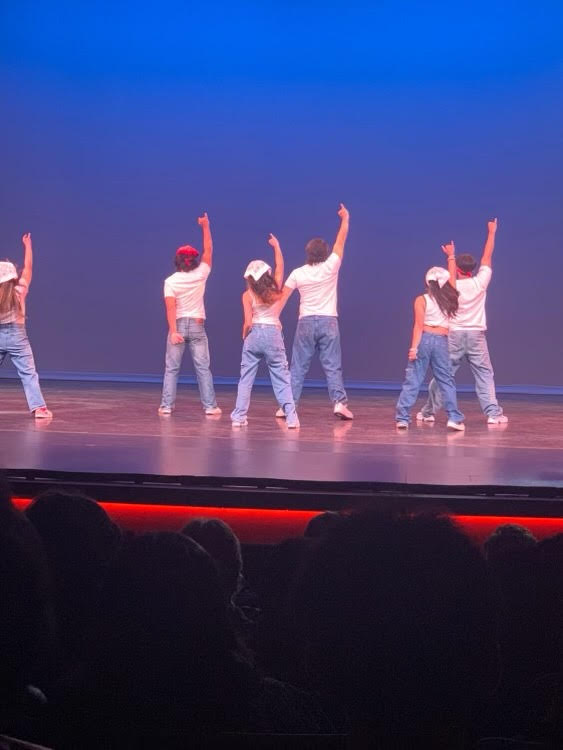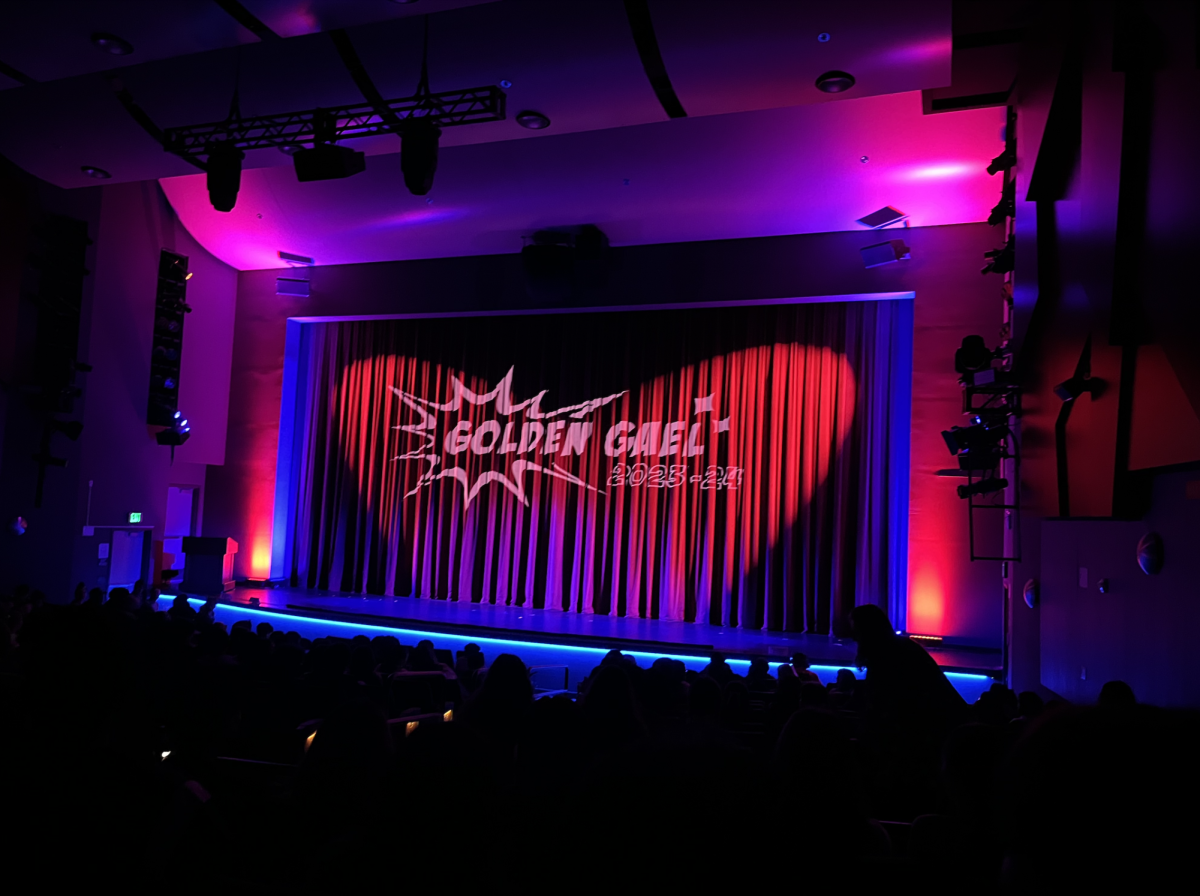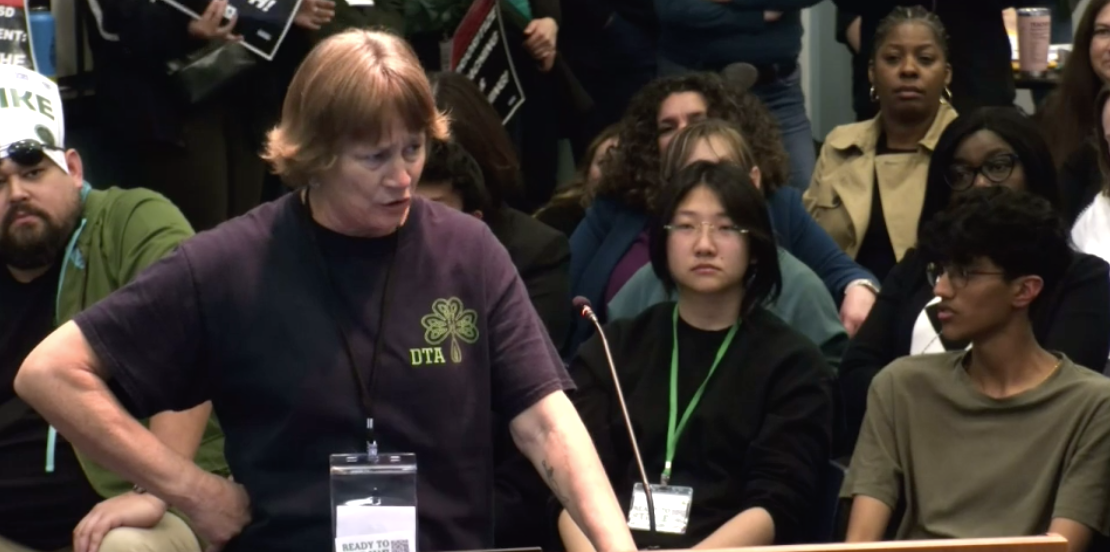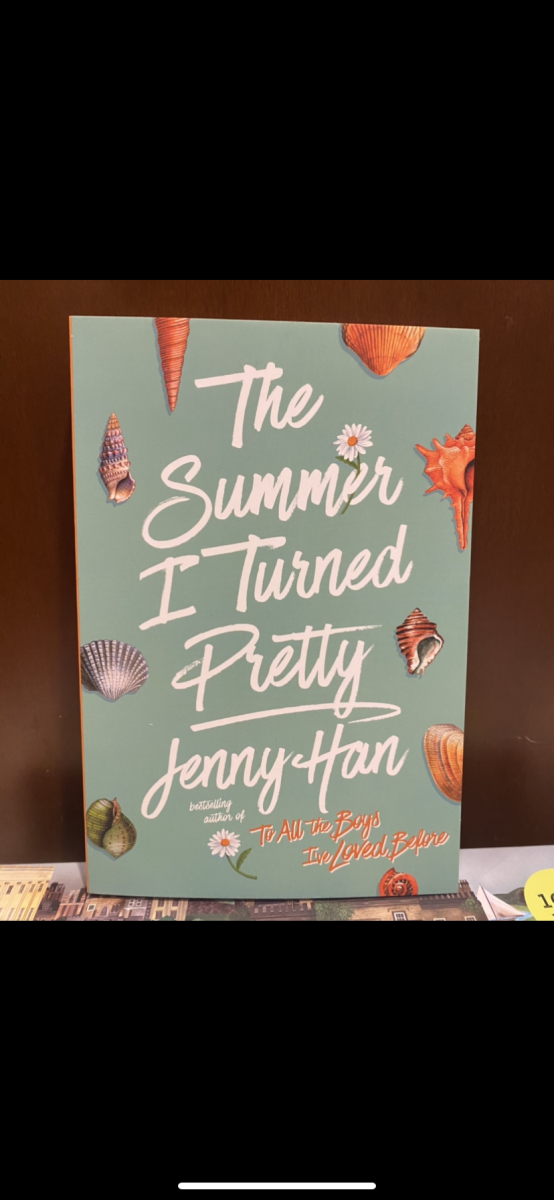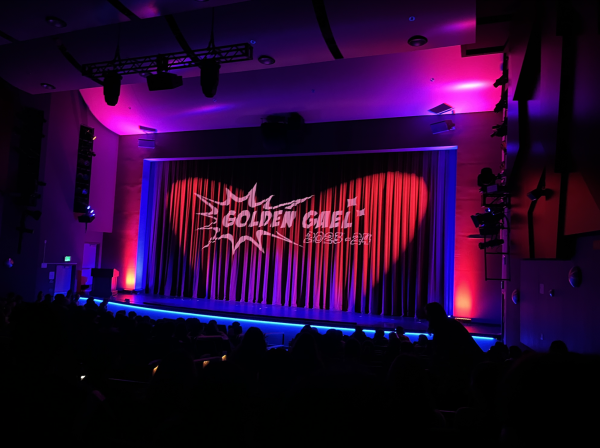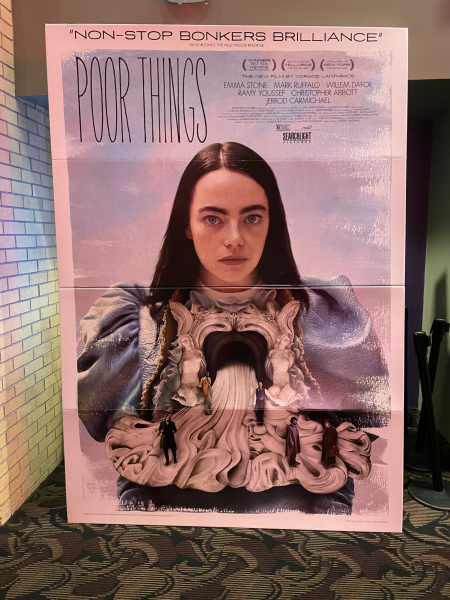It is Good, but Not Great
*WARNING may contain spoilers – read at your own risk*
Thirty-one years after the original horror novel’s release and twenty-seven years after the airing of the ABC two-part series, the 2017 film adaptation of Stephen King’s It, directed by Andy Muschietti, was released in theaters last Friday. The film opened to relatively positive reviews from critics and made a record-breaking $50.2 million on its first night at the box office, beating Deadpool for the largest single-day amount of money made by an R-rated film. The hype behind the newest Stephen King movie adaptation is well deserved; however, the movie has a few notable flaws.
King’s It follows the coming-of-age story of seven young teenagers living in 1980’s Derry, Maine, a small town haunted by Pennywise the Dancing Clown, otherwise known as the eponymous being “It”. The monster reemerges every twenty-seven years to feast on the children of Derry. Pennywise attacks his victims by using their worst fears against them– this is why he prefers targeting children, as their simple fears are easiest to take advantage of. After learning of the clown’s existence, the group of friends known as “the Losers Club,” Bill, Ben, Beverly, Richie, Eddie, Mike, and Stan, decide to seek out Pennywise to end him once and for all.
In many ways, It is far from perfect. The opening sequence of the film is beautifully haunting, with Bill’s six year old brother Georgie innocently chasing a paper boat into a storm drain on a rainy evening, only to be lured to his doom by Pennywise, who is hiding in the sewer. While the clown may be terrifying in this first scene, however, Muschietti proceeds to repeatedly show the clown onscreen, so much so that the audience grows accustomed to seeing Pennywise’s face and fear begins to wear off. The film is still awfully scary, of course, but not quite as horrifying as it could be.
Another issue that arises in the film is its interpretation of Beverly Marsh, played by Sophia Lillis, the only girl in the Losers Club. The tomboy gets caught in a played-up love triangle with other Loser Club members Bill and Ben that takes attention away from her own personal fear (which was never clearly explained) of being viewed as a sexual object due to experiences of sexual abuse by her father and her false reputation as a “slut” in school. This fear, being a result of Beverly’s adolescent insecurities, would have been really interesting to explore deeper in a story meant to focus on the “coming of age” of a group of young teens. The movie instead becomes another product of Hollywood misogyny and glosses over this portion of Beverly’s plot to have her flirt with a much older store clerk to help the boys steal some supplies, bask in the sun in her underwear while the boys gawk at her body, take the role of the damsel-in-distress at the film’s climax, and to be awakened during said climax by a kiss as if she were some kind of Disney princess. The film version of Beverly is characterized as an object of affection for the boys, as a flirty girl who is strong but not too strong.
The film flaws are partially made up for with the onscreen bond between the seven kids, played by talented actors, comes off as extremely realistic, their mannerisms mirroring the ways in which actual fourteen year olds interact with each other Their comedic abilities had the theater laughing at their immature “your mom” jokes and their hilarious over-usage of swear words, bringing a lighter tone to an otherwise dark movie.
Each character has their own developed story that draws the audience in and keeps the emotional elements of the film intact, a difficult feat to accomplish considering the sheer amount of characters included in the film’s plot. Most of the characters’ stories deal with the concept of children having to conquer adult problems due to the inadequacies of parental figures. Scenes rarely have adults featured in them, and those that do show them either reprimanding or, even worse, abusing their children. The exploration and execution of this theme proves to be very successful, as it applies a realistic problem to the fictional horror elements of the film and gives more movement to the plot.
Muschietti also does an exceptional job of capturing the 1980’s setting through cinematography, soundtrack, sets, and wardrobe. Details such as Beverly bearing a strong resemblance to a young Molly Ringwald and Ben secretly listening to New Kids on the Block makes the depiction of the era believable. The film offers a great dose of 80’s nostalgia that makes the movie basically seem like Stranger Things but scarier (even Finn Wolfhard, who plays a main character on the Netflix series, is in this movie).
It evokes sweet feelings of nostalgia, displays a great sense of humor, and boasts a talented cast of young actors, but the film still has weaknesses in its execution of the horror genre and in its portrayal of the only main female character in the script. Perhaps improvements will be made in the movie’s planned sequel, which will focus on the adult versions of these kids, twenty-seven years later, when Pennywise returns to Derry once again. Overall, It is an immensely entertaining film and definitely worth watching on the big screen, but as is true with any film, It is not without its problems.
Your donation will support the student journalists of Dublin High School. Your contribution will allow us to purchase equipment and cover our annual website hosting costs.

Collette Lee is currently a freshman at Dublin High School. In addition to being a layout-builder for The Dublin Shield, she is also one of the club's...

